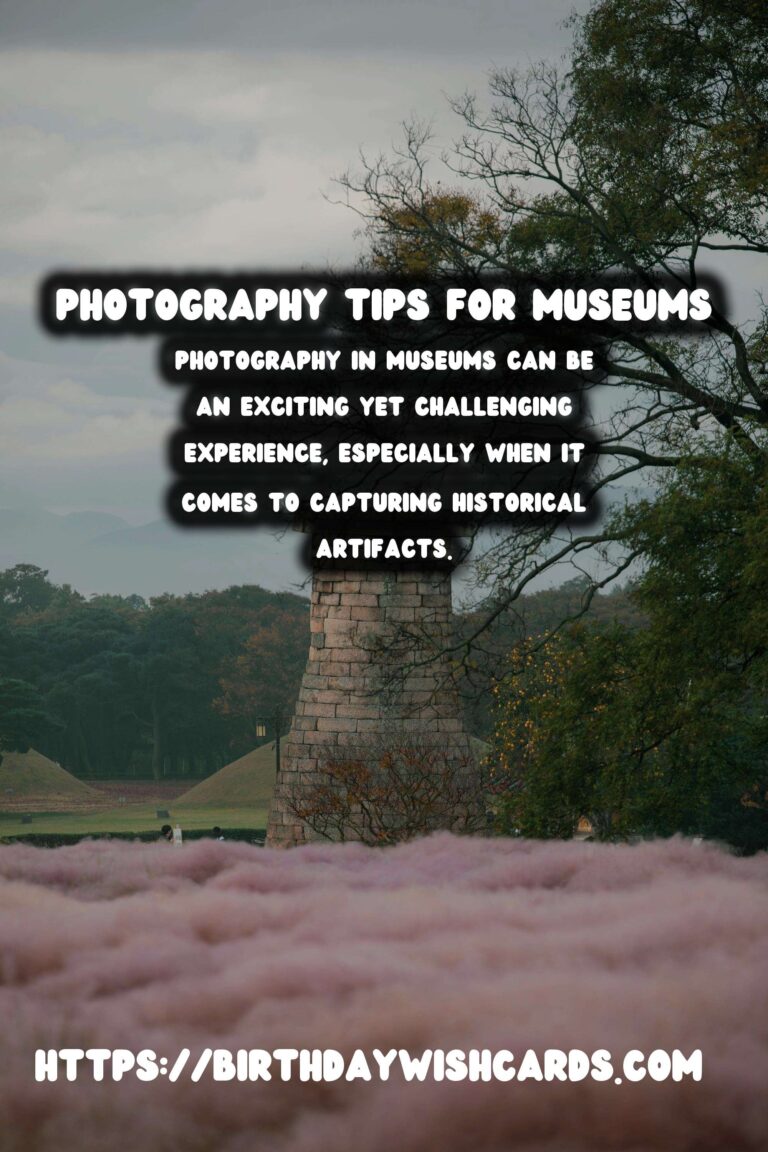
Photography in museums can be an exciting yet challenging experience, especially when it comes to capturing historical artifacts. With the unique lighting conditions and the importance of preserving the artifacts themselves, getting the perfect shot might seem daunting. However, with the right tips and techniques, you can capture stunning images of historical treasures. This guide offers practical tips to elevate your museum photography skills.
Understanding Museum Rules and Etiquette
Before you start shooting, it’s crucial to understand and adhere to the rules and etiquette of the museum. Many museums have specific guidelines to ensure the protection of their artifacts. These often include restrictions on flash photography and tripods.
Check the museum’s website or ask the staff about their photography policies. Being aware of these rules ensures you respect the space and make the most of your visit.
Utilizing Natural Light
Museums often have controlled lighting to preserve artifacts, which can be a challenge for photographers. Instead of relying on flash, which is often prohibited, make the most out of natural light. Look for windows or areas where natural light filters in and use this illumination to highlight the textures and details of the artifacts.
Mastering Your Camera Settings
Understanding your camera settings is key. Use the following tips to adjust your camera to the museum’s conditions:
- Increase ISO: In low-light environments, increasing your ISO allows your camera to capture more light, but be cautious of noise.
- Wide Aperture: A wide aperture (low f-number) helps gather more light, creating a nice depth of field.
- Slow Shutter Speed: Utilize slower shutter speeds for steady hands, but be mindful of any movement to avoid blurring.
Framing the Artifact
Pay attention to how you frame the artifact. Consider the background and surroundings to enhance your composition. Use the rule of thirds to create balance and interest in your shots. Sometimes, a close-up shot of intricate details can tell a compelling story.
Capturing the Patina of Time
Historical artifacts often have wear and tear, showcasing their age and heritage. Capture these details by focusing on textures. Highlight the cracks, rust, or patina, which adds a timeless quality to your photographs.
Editing Your Photos
Post-processing is an essential step to enhance the details captured. Adjust exposure, contrast, and sharpness to bring out the best in your photographs. Software like Lightroom or Photoshop is ideal for making these adjustments while maintaining the photo’s authenticity.
Final Thoughts
Photography in museums is a rewarding endeavor, offering a chance to connect with history and share these captures with others. By respecting the museum’s guidelines, using light creatively, and fine-tuning your camera skills, you can achieve stunning photos that convey the allure of historical artifacts.
Photography in museums can be an exciting yet challenging experience, especially when it comes to capturing historical artifacts. Before you start shooting, it’s crucial to understand and adhere to the rules and etiquette of the museum. 
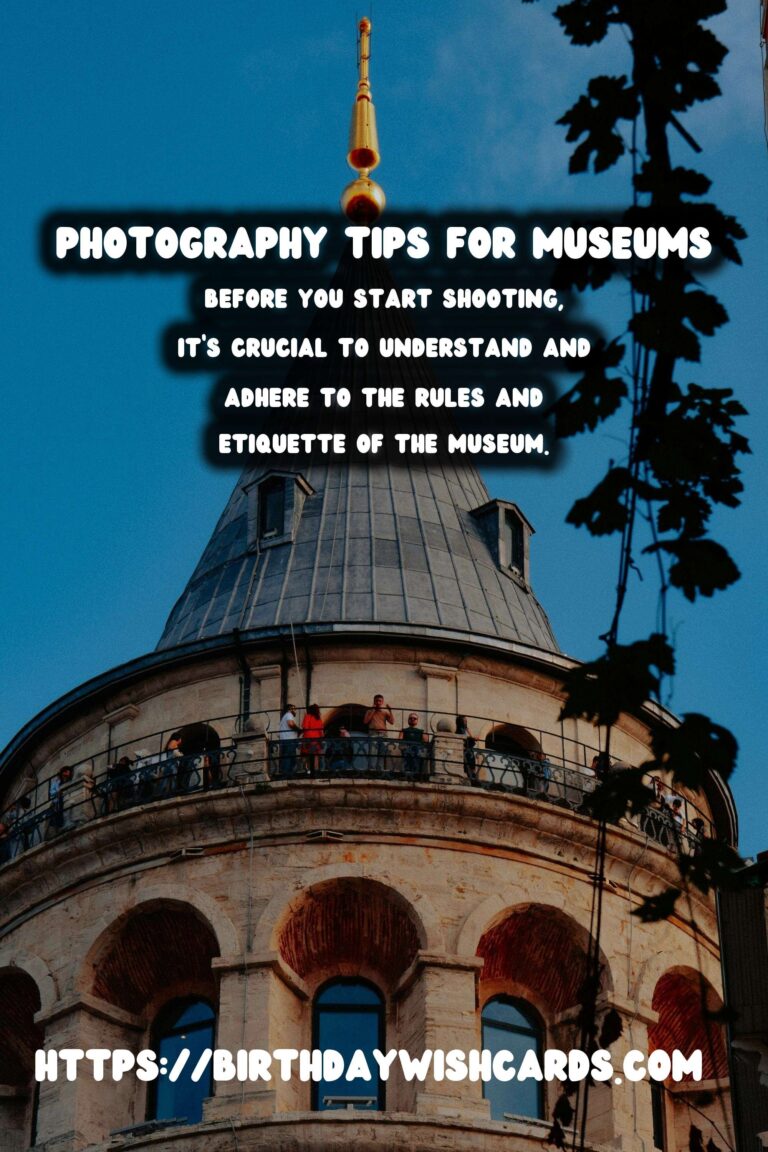
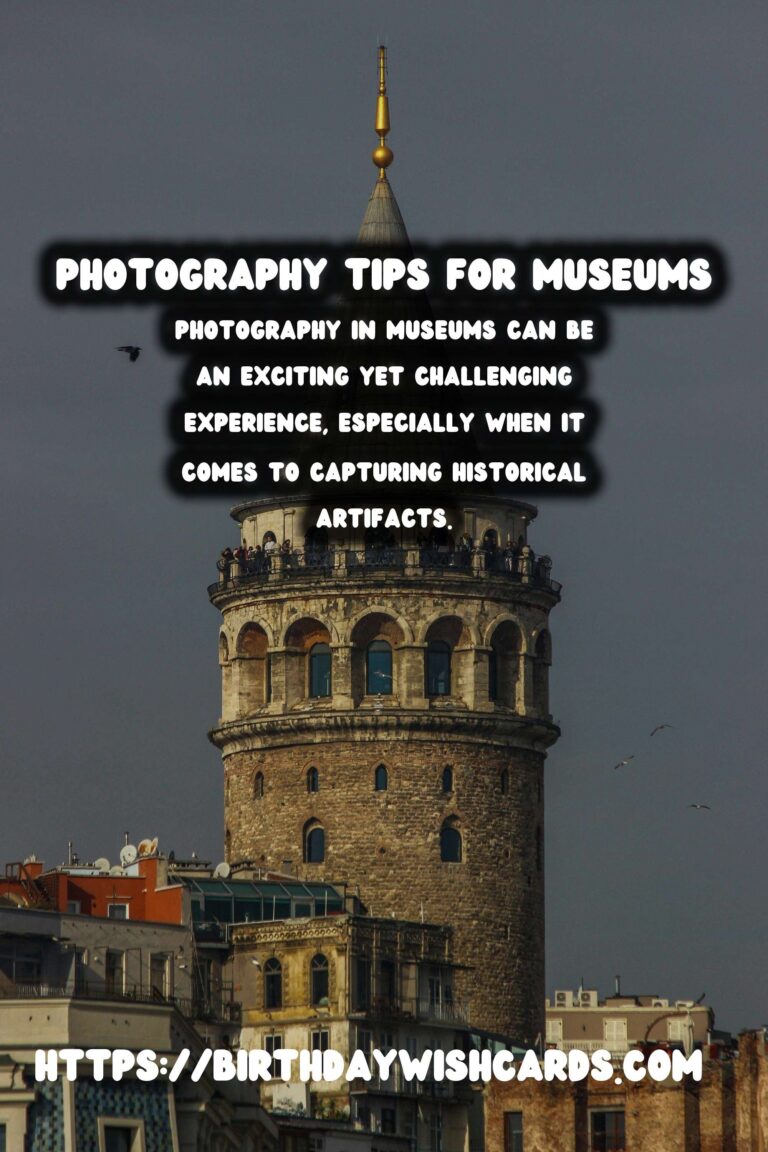
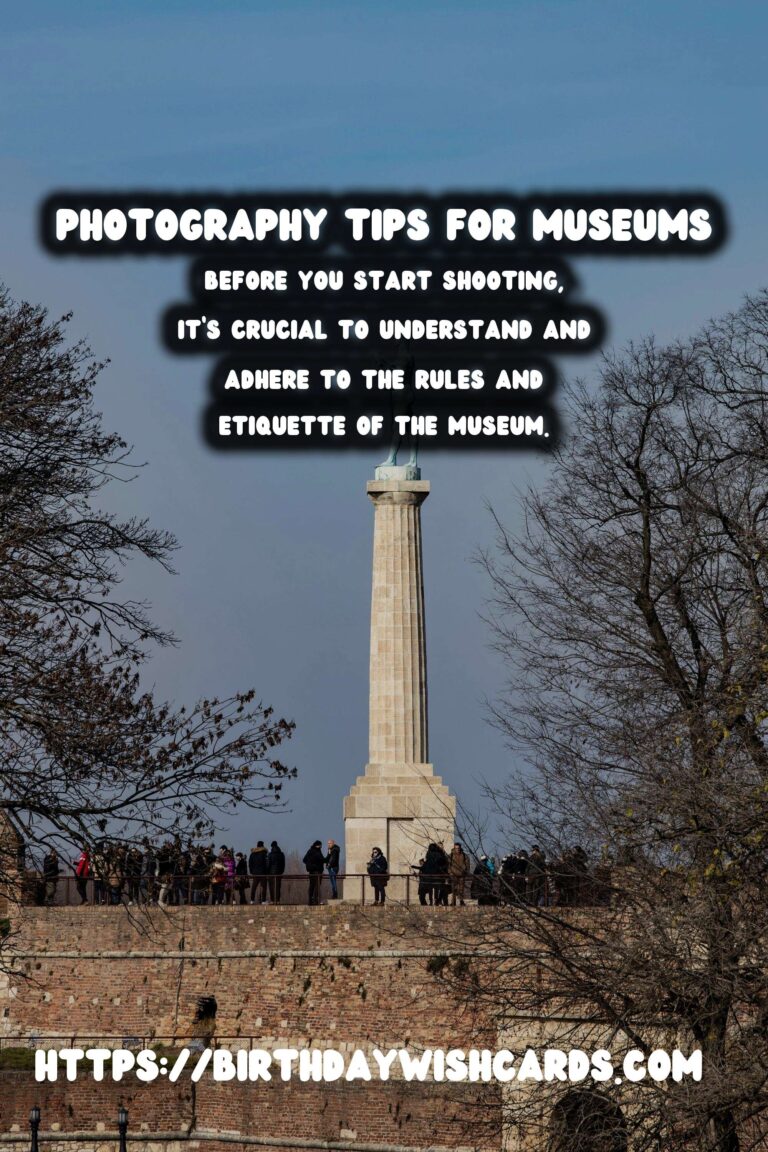
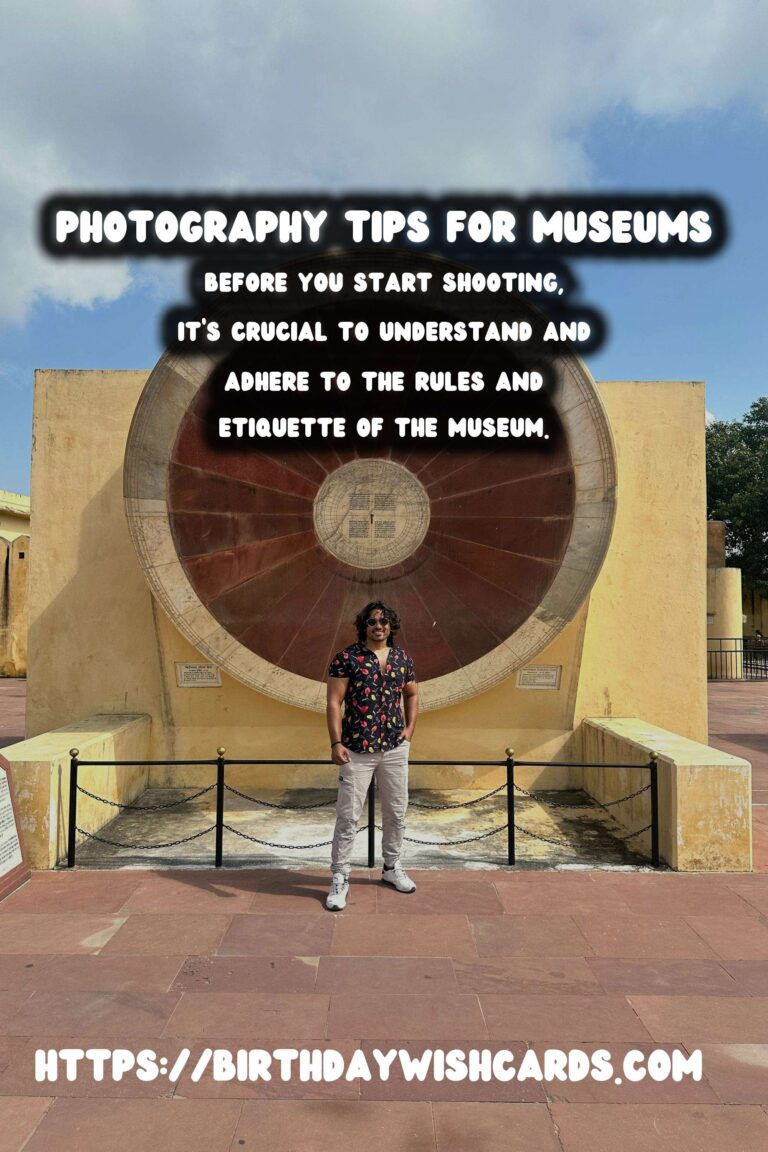
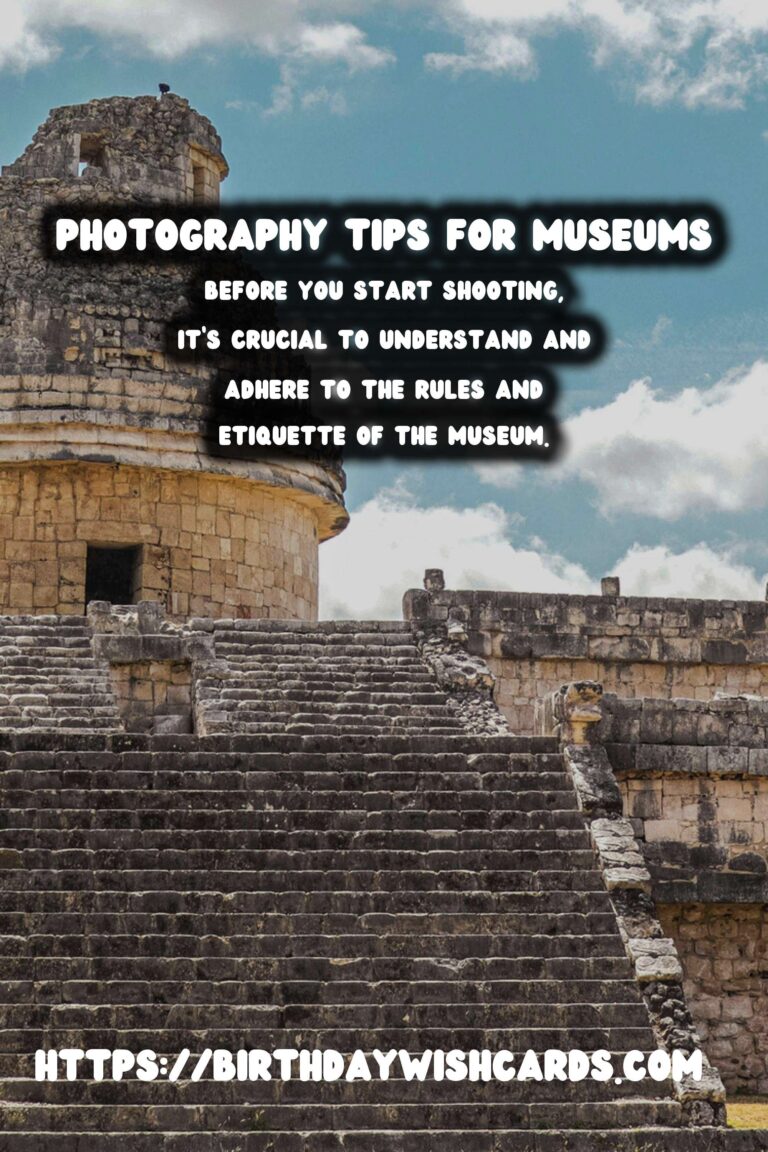
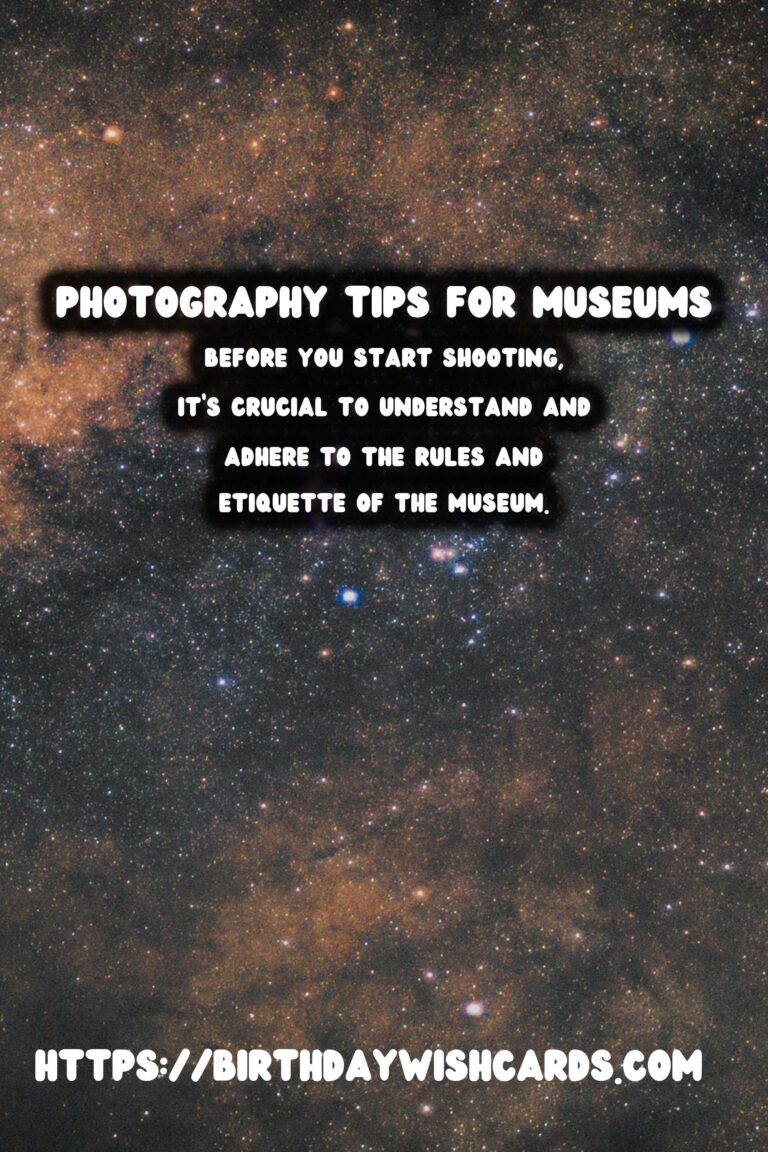
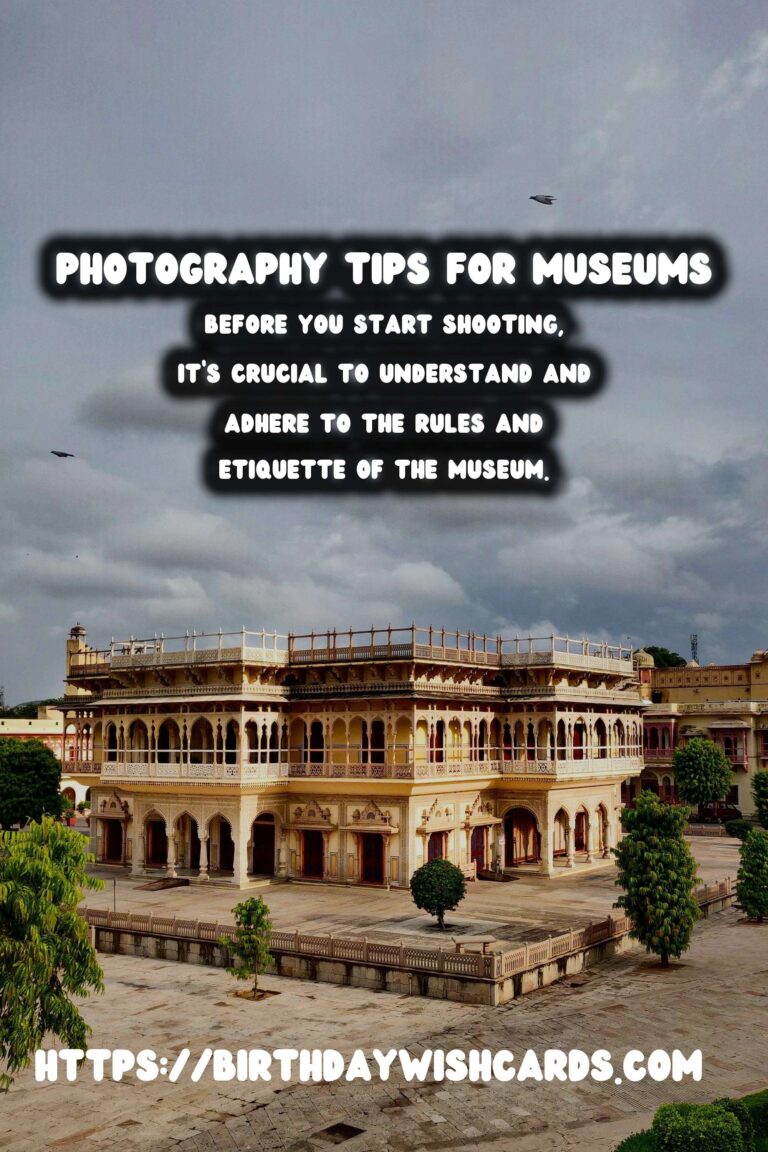
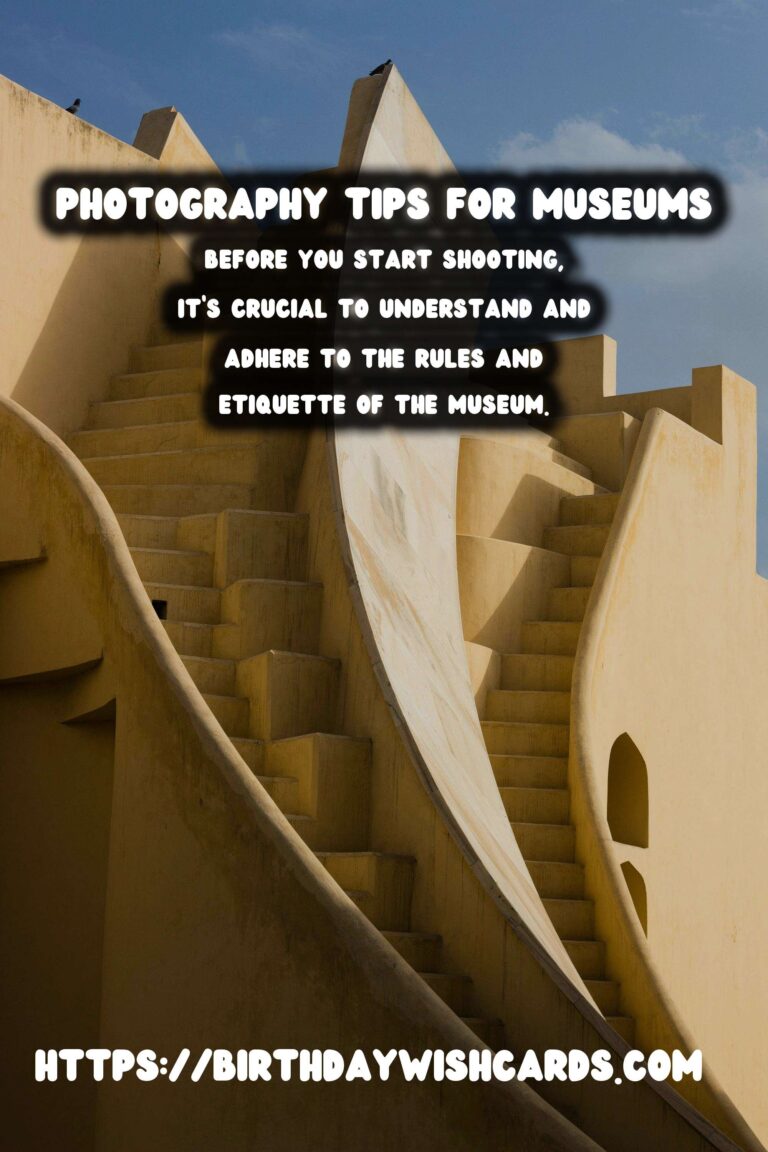
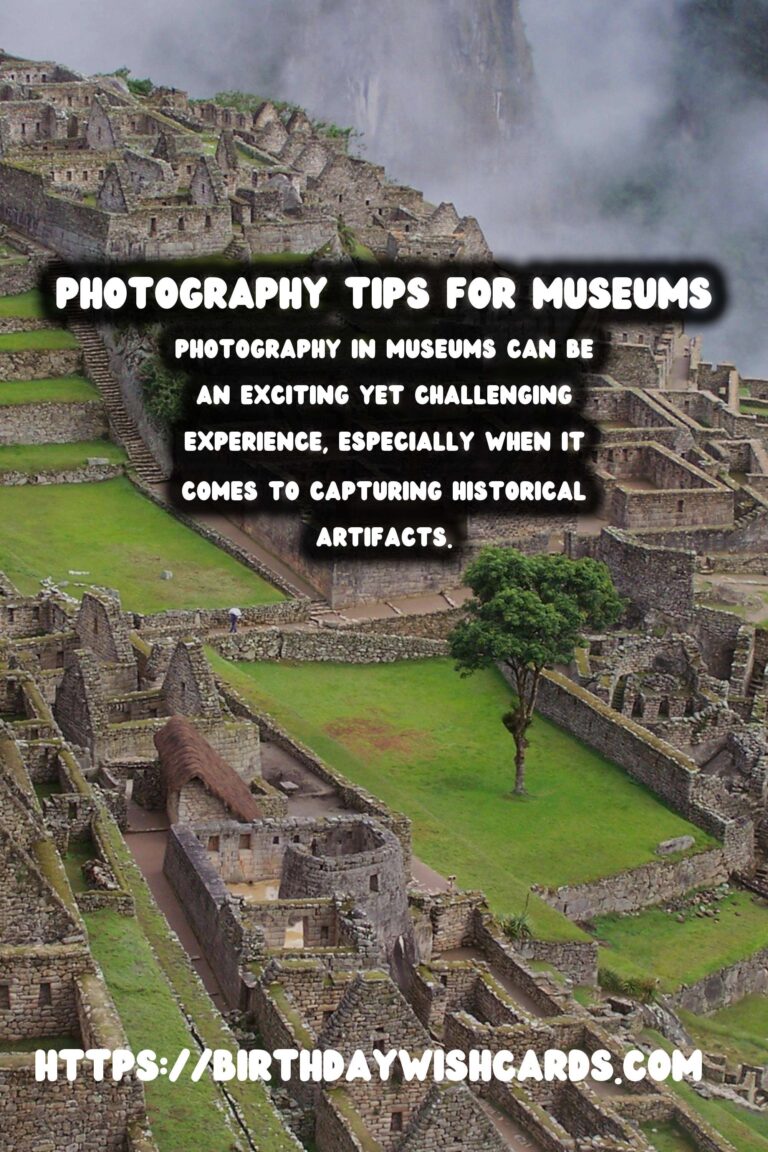
#PhotographyTips #MuseumPhotography




